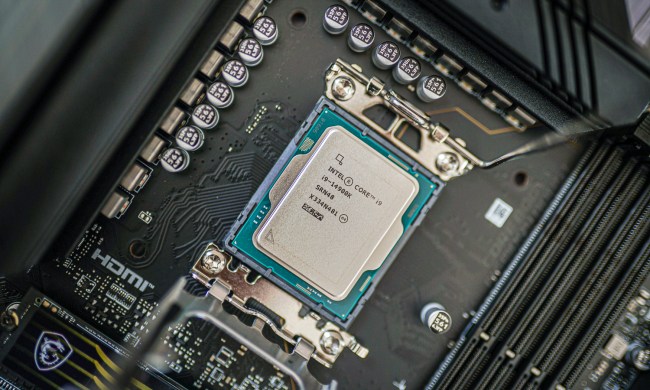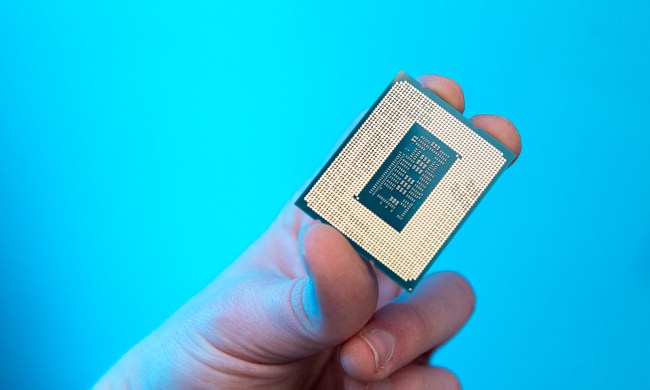Move over, quad-core processors; Intel is moving up to six – and beyond – in the near future. In a company briefing on the future of its processor business, Intel revealed plans for three new chips, including two that will hit offer six or more cores, as well as a new architecture.
Intel hopes to provide a ready replacement for its existing Quad-Core Xeon processors with the new Dunnington chipset, which will come with six cores and fit into the same Caneland sockets used by the Quad-Core Xeons. Besides its six cores, the 45nm processor will offer FlexMigration technology, which allows server farms to build a single virtualization pool across machines based on 45nm and the older 65nm architecture. It will debut during the second half of 2008.
The Itanium processor series will receive a step up with the new Tukwila platform, a next-generation quad-core product that Intel claims will drive the world’s most powerful computers. It boasts an as-of-yet-unheard-of 30MB cache along with QuickPath Interconnects, an ultra-quick path between memory and processor. Intel claims these advances will double the performance of existing Itanium processors.
Finally, Intel’s new Nehalem platform will be the most scalable new product, offering anywhere from 2 to 8 cores and possible support for memory all the way up to DDR3-1333. Simultaneous multithreading will allows the chips to process between 4 and 16 threads. Like the Tukwila, it will also offer QuickPath Interconnects.
Besides the second-half-of 2008 deadline on the Dunnington processors, Intel revealed no more information on the upcoming availability of its other processors.



